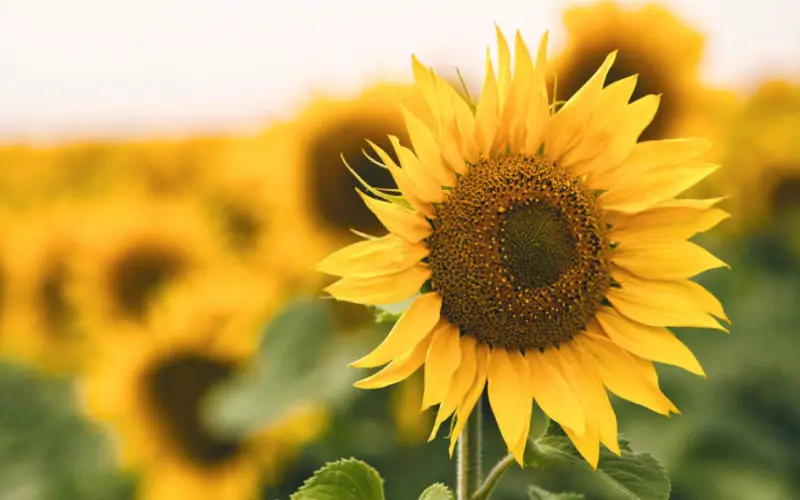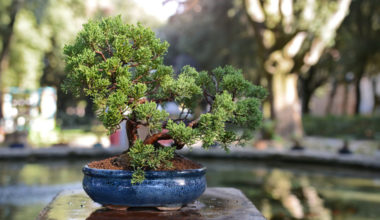You’re not alone in wondering how to transplant sunflowers. Their large yellow flowers are sure to give any landscape a cheerful summer vibe.
Sunflowers are so irresistible that even birds flock to the ripest ones to feast on the seeds. For this reason, you can plant sunflowers in certain parts of a plot to attract pollinators which include birds, bees, butterflies, moths, beetles.
You probably know that sunflowers are very similar to other types of flowers – they can be grown indoors and outdoors!
If you want to get a head start on the growing season, you can choose to start sunflowers indoors in your semi-professional greenhouse and move them outdoors when spring is in full bloom. Keep in mind that the key to transplanting your sunflowers early is to do it when they are still small.
Contents
Can you transplant sunflowers?
Yes, it is quite possible to transplant a sunflower, however, be sure to plant their seeds in a feeding tray that has separate compartments. Use potting soil to fill the tray and make sure each seed is planted with 1/2 inch of the potting soil covering the top.
Keep in mind that the soil should be watered until it is moist. Ideally, the soil in the tray should remain moist, and its temperature should be maintained between 65˚ and 75. You can expect to see something green sprouting above the soil in a week.
Where can I replant sunflowers?
If you plan to transplant sunflower plants, be sure to move them to a spot in your garden where they can get at least 6 hours of sunlight a day. When you dig a hole for each of your sunflower plants from the seed tray, make sure the spacing between the holes is correct.
To give your sunflowers enough room to grow to their full size, it’s ideal to keep the spacing between the holes about 1 foot. Once you’ve done that, you can transplant the strongest plants from your seedling tray for a robust sunflower crop.
Can you pick a sunflower and replant it?
Yes, but under certain conditions, we strongly recommend that you wait until the sunflower plants are about 5 inches tall, so you can start transplanting them. Be sure to choose a day when the weather outside is suitable for transplanting. It is important to note that sunflowers should not be transplanted outdoors unless you are certain that the night frost has already passed for the season.
Keep in mind that it is never a good idea to let sunflowers grow higher than a few inches before deciding to transplant them. This will only weaken the structure of the plant. For this reason, do your best to avoid starting sunflower plantings until late spring, when your sunflowers have reached the right height.
Can you transplant sunflowers into pots?
It is possible, but absolutely not recommended. The most common solution is to transplant the sunflowers into a greenhouse.
With a semi-professional greenhouse, you will be able to control the internal environment of the enclosed space. This means that you will be able to easily manipulate the temperature and humidity levels to provide your plants with the growing conditions that would best suit their needs.
How do I care for sunflowers after replanting?
Perennial sunflowers require regular but sparing watering when they are young. Thereafter, they are quite resistant to lack of water, but watering will be necessary in case of prolonged drought.
The stems of the faded flowers are cut back, to provoke the birth of new flowers. Once the flowering is over, the plant is cut back to the ground and protected by a mulch.
A division of the clump every 4 years in the fall allows regenerating it.
Annual sunflowers require very copious but infrequent watering during their growing season. In summer, make sure to keep the soil relatively cool with mulch. Larger plants require staking, even in windy conditions.
Keep the plants that produce seeds until they are ready to be harvested (flowers are upside down), otherwise the plant can be pulled out. The seeds can be sown, but they may not produce a true copy of the original plant. The heads can also be left on the plant to feed the birds!








